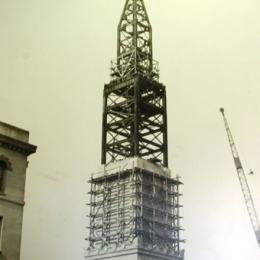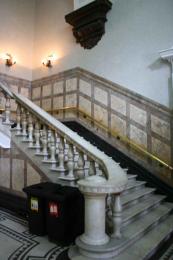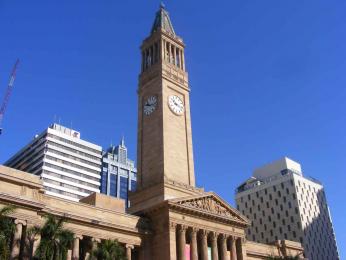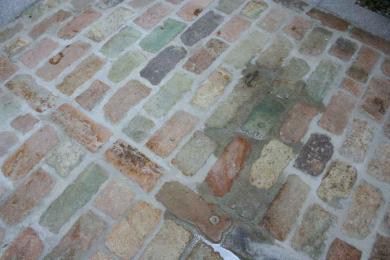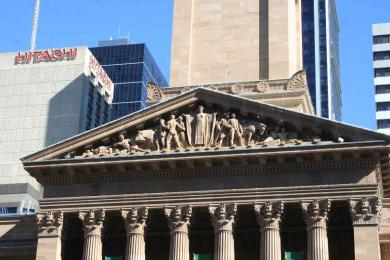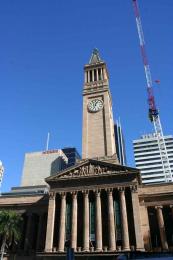
GSA Guide - Brisbane City Hall (1928-30, 2010-13) Claimed
Gallery
URPoint Details
This URP is maintained by members of the Geological Society of Australia as a geo-located community knowledge service.
Facing King George Square between Adelaide and Ann Streets
Brisbane City Hall
More than any other building in Greater Brisbane this iconic structure with its characteristic clock tower symbolizes the civic pride of this city to the extent that it lends its outline to the City's Crest.
The video below shows the formation of cross bedding in sandstone. Cross bedding is evident in the sandstone blocks at the corner to the right end of the City Hall doorway.
https://konect-tourism.s3.amazonaws.com/Cross.mp4
History:
The start of City Hall's construction was hampered by hazards and delays because the location was a former swamp; excavations tin excess of 17 m were required to find bedrock.. An initial fountain stone was laid in 1917. A second foundation stone in 1920 raised more enthusiasm for the construction. When the Greater Brisbane City Council was created in 1925, replacing 19 local Councils, there was a need for a City Hall. By 1927 the first Council workers were using parts of the building and the first Council meeting was held in the building in 1928.
The City Hall was officially opened on the 8th April 1930.
It was closed for renovation between 2010
- Type:
- Landmark
- Establishment year:
- 1928
















